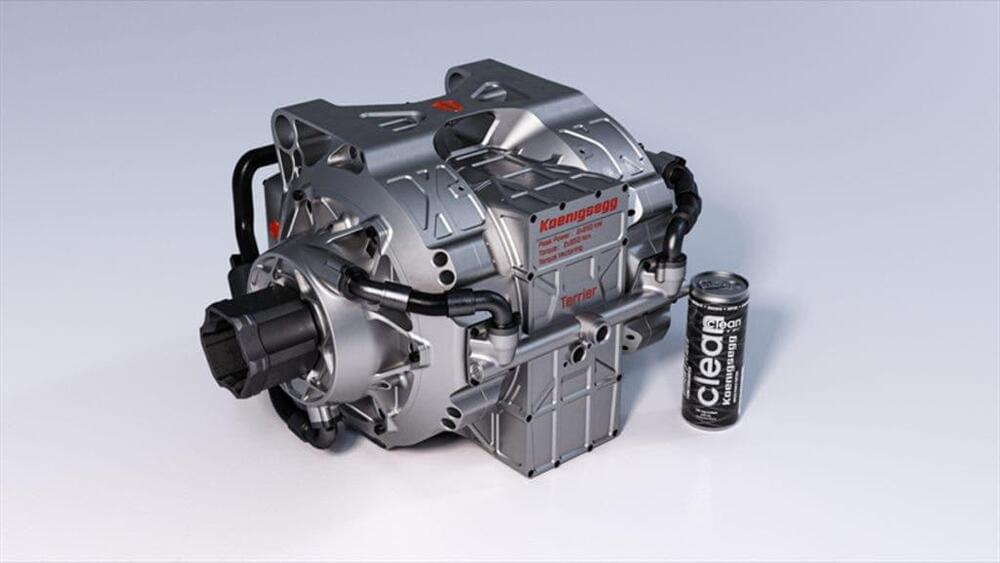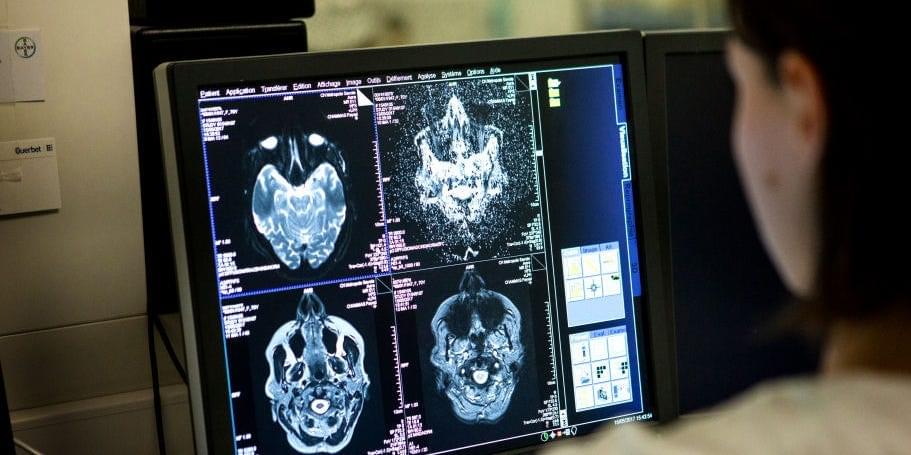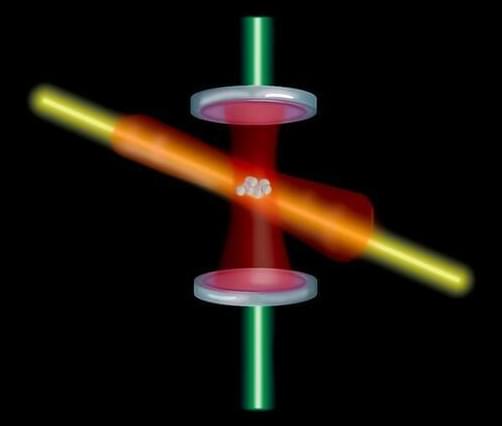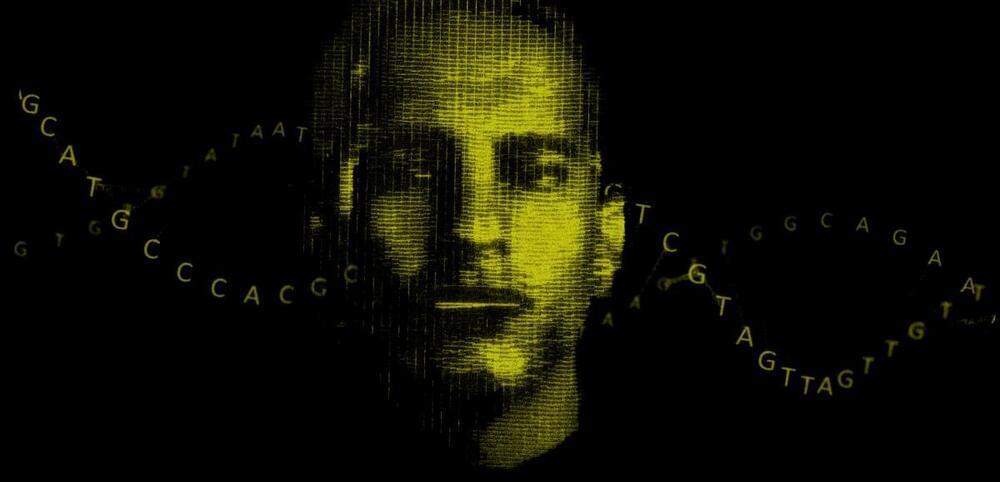Astrophotographer Jason Guenzel managed to capture the James Webb Space Telescope on its journey while it was 1 million kilometers away.
Get the latest international news and world events from around the world.

Mount Everest and the Alps Are Weirdly Getting Taller
One mountain grew 30 feet overnight.
Recently, the Swiss Alps made the news when scientists found they were growing due to tectonic activity deep beneath Earth’s surface. Now, Mount Everest is also on the rise. Why is there so much, uh, “mounting” altitude?
Dive deeper. ➡ Get unlimited access to the weird world of Pop Mech.

Koenigsegg Quark, Terrier Bring Big Power In Small Package To Electric Cars
Koenigsegg has announced new high power, compact motors and powertrains for electric cars.
Christian von Koenigsegg is an inveterate tinkerer who has built a business on his ability to squeeze extraordinary amounts of power out of internal combustion engines. Lately, he has turned his talents to electric motors and drivetrains. On January 31, his company announced two breakthrough products that could transform the world of electric cars.
[caption id=.

MIT scientists filed two patents on a new, 2D material that’s stronger than steel
Scientists at MIT have created a new 2D material that’s stronger than metal! And it could enhance the robustness of bridge-building materials.

Flying robots with flapping wings outperforms insect muscles
The flying robot with wings is controlled by a magnetic field instead of heavy motors and gears.

China inks $8 bln nuclear power plant deal in Argentina
Feb 2 (Reuters) — State-owned China National Nuclear Corp (CNNC) has signed a contract in Argentina to build the $8 billion Atucha III nuclear power plant using China’s Hualong One technology, reviving a deal that had been stalled for years.
CNNC said on its WeChat account late on Tuesday that ithad signed an engineering, procurement and construction (EPC) contract, which comes ahead of Argentine President Alberto Fernandez’s trip to China later this week.
Progress on the nuclear deal between the two nations had stalled since it was first negotiated by the administration of former President Cristina Fernandez, a left-wing populist who left office in 2015. She is now Argentina’s vice president.

New atomic clock is the most precise ever created
If scientists could measure the oscillations of just one energized cesium atom, they’d be able to keep perfect time, but they can’t due to a weird phenomenon called the standard quantum limit.
Instead, they have to measure thousands of atoms at once and then average out the results for atomic clocks, which leads to a just slightly imprecise second.
Now, MIT researchers have found a way to create a more precise atomic clock by exploiting another weird quantum phenomenon: entanglement.

This company says it’s developing a system that can recognize your face from just your DNA
Though it almost certainly won’t work, it is a telling sign of where the field is heading.
By